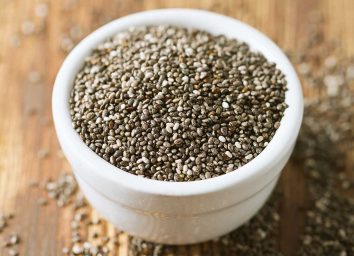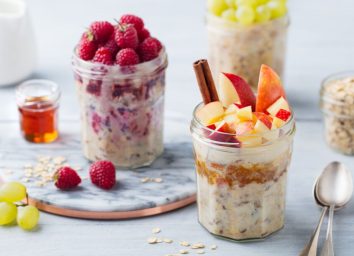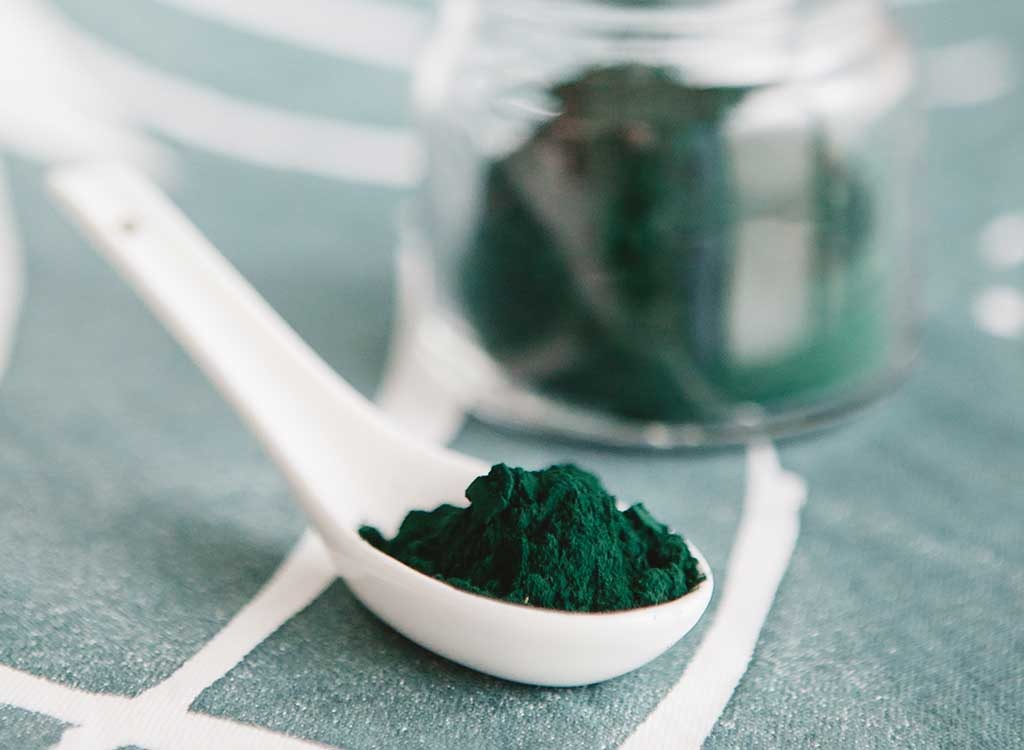
At this point in your life, you should know by now that processed junk food like Chips Ahoy age you and antioxidant-rich, whole foods like blueberries make you look better. But when it comes to the latest superfoods that can either improve your looks or make you healthier from the inside out (or both!), some of the best new choices out there are the strangest ones. Here are 17 weird foods things you should consider…we dare you. And once you’ve seen how many you’re willing to nosh on (or already have!), be sure to always steer clear of these 20 Foods That Age You 20 Years!
Gummy Worms

Bet you never thought a nurse would recommend gummy worms to improve your belly ache, joint pain, allergies, food sensitivities, and even acne! It’s actually the gelatin in ’em that makes this a powerhouse snack with tons of health and beauty benefits, according to Cindy Shiff, nurse and founder of GreenPaxx gelatin.
To be clear, these aren’t the toxic Yellow No. 666 sugar-death worms. The health food version is made from grass-fed beef gelatin mixed with powdered vitamin C. Pour it into a worm-shaped silicone mold and you’ve got candy-like creation that helps with both wrinkles and hormone imbalances. For more recipes that use gelatin, check out these 35 Collagen Recipes That Turn Back the Clock.
Horseradish
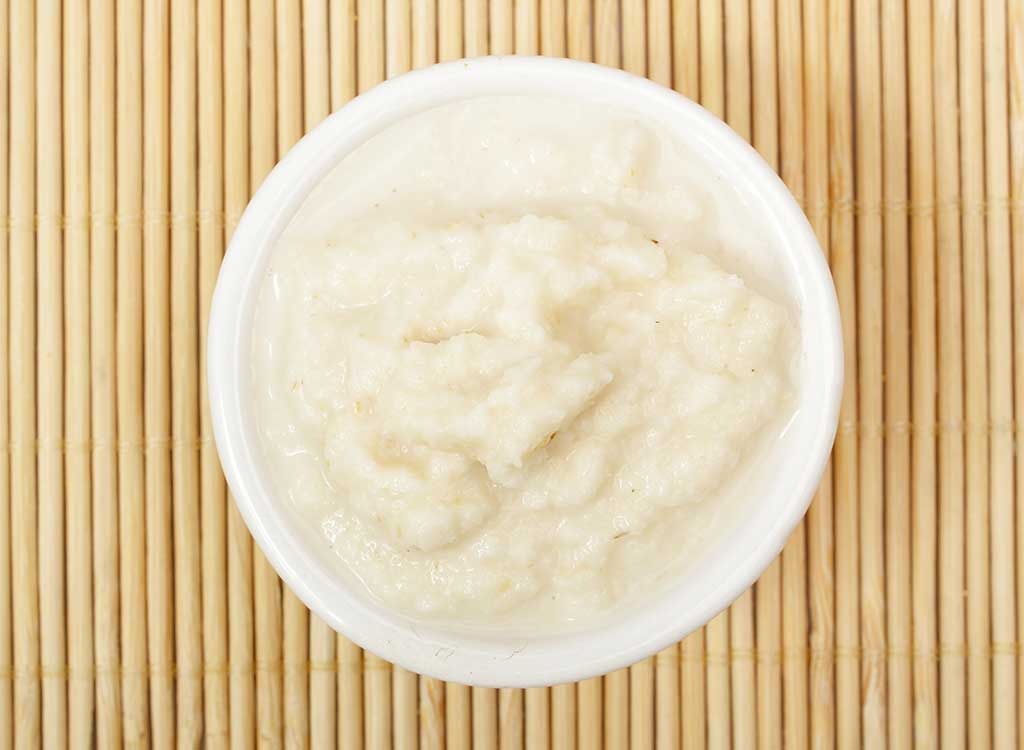
Burn away your winter cold with a dash of horseradish! The key component here is a volatile oil called sinigrin, a natural antibiotic that’s especially powerful when it comes to conquering respiratory problems, according to Rebecca Lewis, in-house dietitian at HelloFresh.
Simply add freshly grated horseradish (from the produce department) or the kind that’s been preserved in vinegar (usually in the dairy section) to your dips or mashed potatoes for a natural way to clear congestion, thin mucous, fight bacteria and viruses, reduce inflammation, and stimulate the immune system. Your cold medicine has never been so hot!
Amaranth

Vegans and other foodies looking for plant-based protein should consider adding amaranth to their winter diet. According to Lewis, this gluten-free grain packs a whopping 26 grams of protein per one cup of uncooked amaranth. Like quinoa, amaranth is a complete protein, which means it also contains lysine, an amino acid that most grains lack. Plus, it’s a good source of vitamin C, iron, and fiber. Bottom line: You might not know what amaranth is, but toss it into your grain rotation for an easy boost. It’s one of nature’s star students. And don’t miss these 26 Best Vegetarian Sources of Protein while you’re at it!
Liver
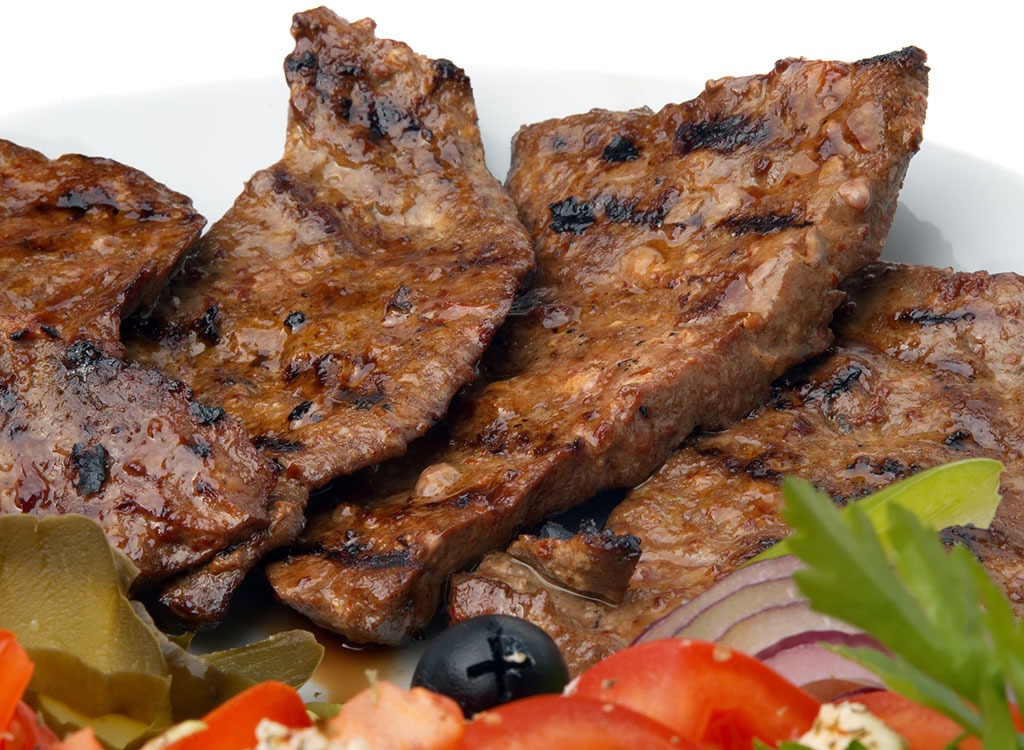
We know, we know. You’re dry-heaving at the thought of it. But ounce for ounce, liver contains more nutrients than any other food, according to Kayla Fioravanti, who owns Red Cedar Bison Ranch and is a teacher of “mindful meat consumption.”
What makes liver such an awesome protein is that it’s the most concentrated, naturally-occurring source of vitamin A. Plus, it’s full of vitamin B, folate, and one of the most usable and digestible forms of iron and copper. So, stop whining and eat your liver already.
Cold Soup
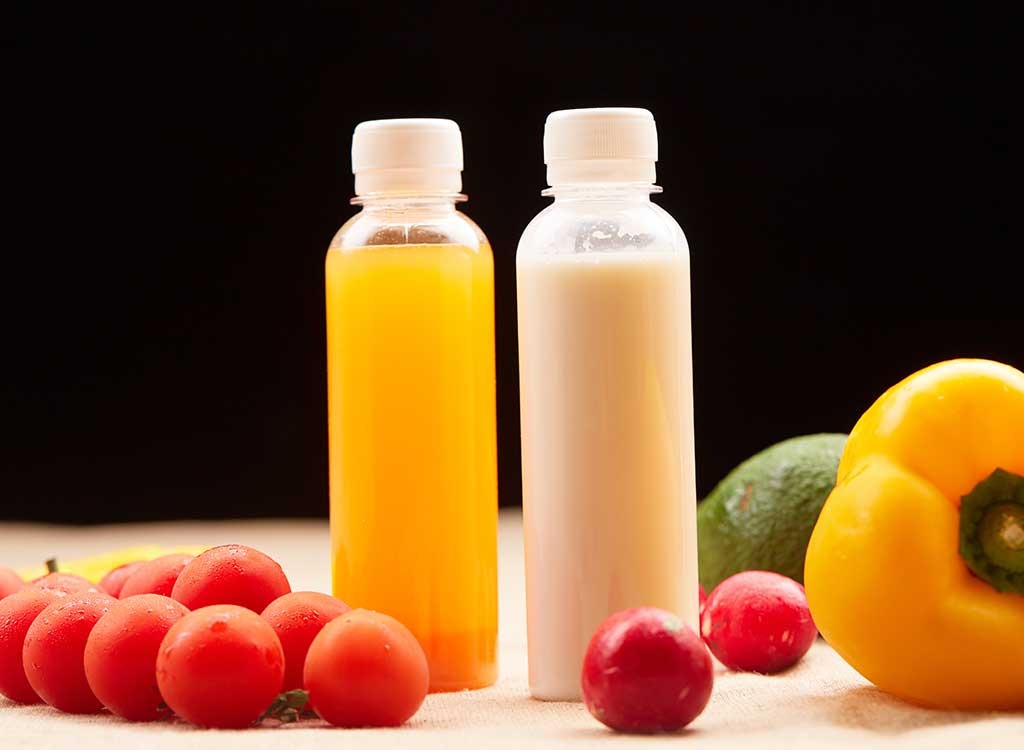
Juicing is out. Souping is in.
Keep your eyes on this growing trend, led by people who want a healthy drink on the go without all the sugar of juice. Look for chilled, ready-made veggie soups like Zupa Noma, which contain up to six servings of veggies per bottle and 90 percent less sugar than a typical green juice. These soups also have about 80 percent less sodium than a can of soup (which can reach a scary 1,000-plus mg mark per serving). Also unlike juice, you won’t lose fiber.
Beet Juice
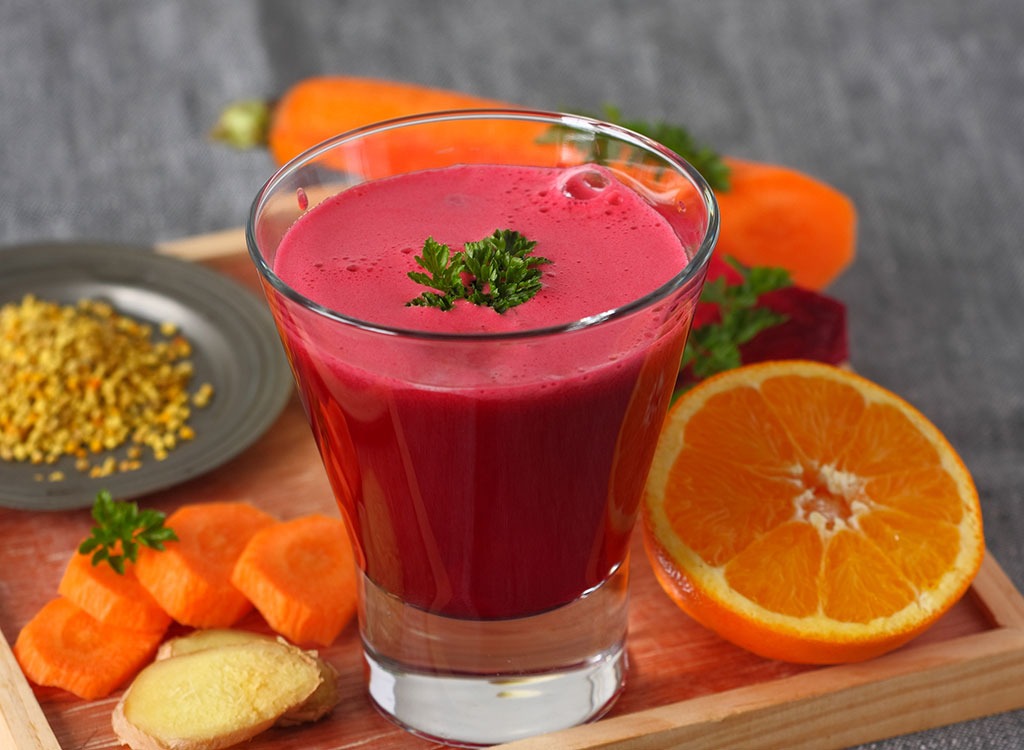
Okay, some juice is still in. But it’s not the sweet, fruity kind. Veggie juices—particularly beet juice—are growing in popularity for their impressive health benefits. Beets are rich in fiber, antioxidants, and vitamins and can improve oxygen flow to your muscles.
Gagging a little at the thought of sipping plain beets? Try an orange-beet blend; the dash of orange will make it a bit sweeter to swallow. Natalie’s Orchid Island Juice Company sells an orange beet juice that it says can also decrease fatigue and reduce blood pressure.
Tart Cherry Juice
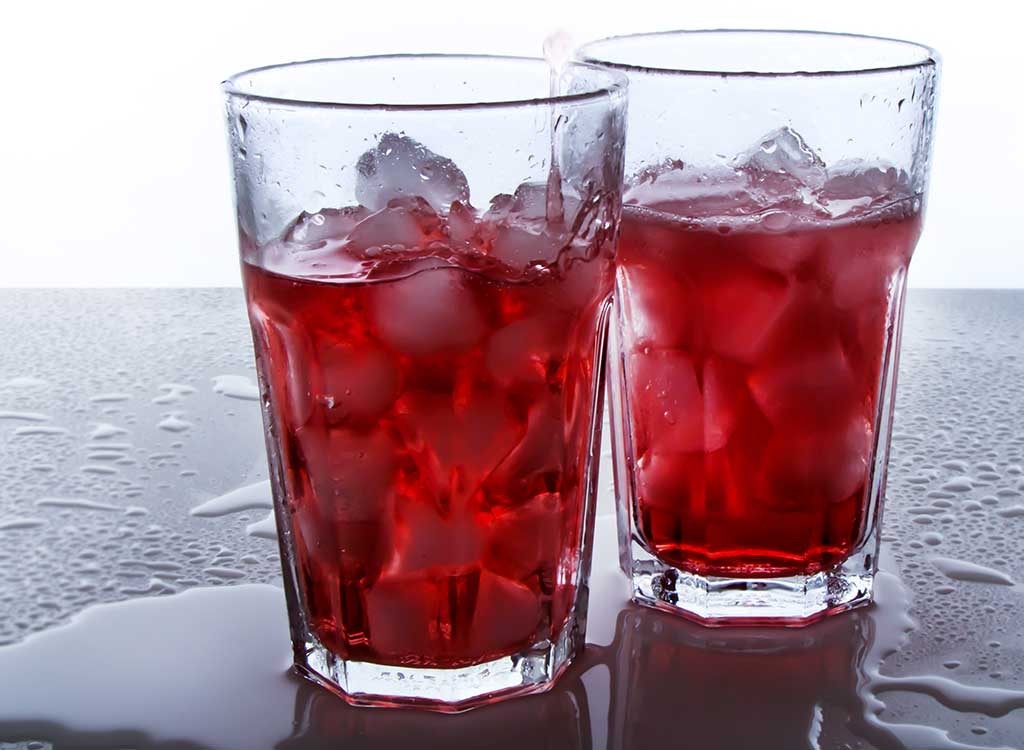
The other new, big fruit juice is tart cherry juice, which reportedly can improve your sleep. That’s because cherries are one of the only natural food sources of melatonin, a hormone secreted at night to regulate our sleep and wake cycles, Lewis explains.
A tip: The more tart the better. Lewis says that sweet cherries only have half the melatonin as their tart cousins and dried cherries have virtually none. But tart cherry juice can also help stave off winter arthritis, according to Cheribundi, a producer of the juice. It claims its juice is used by more than 160 pro and college athletic teams as a natural anti-inflammatory for arthritis and as a recovery drink from tough workouts! As for fighting inflammation, you’ll want to stock up on these 30 Best Anti-Inflammatory Foods.
Licorice
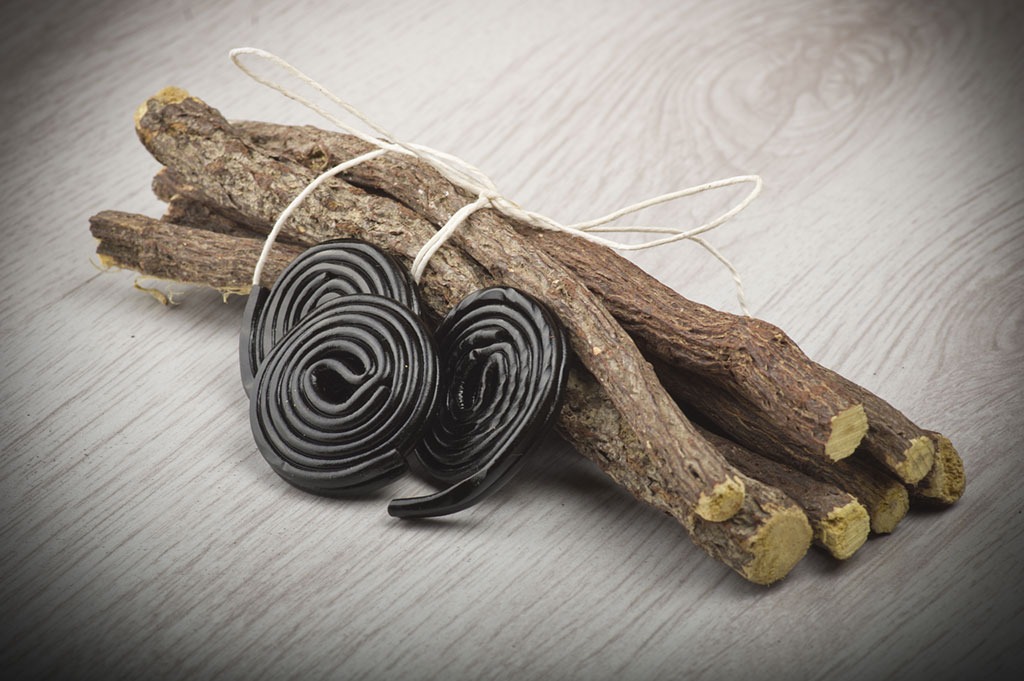
This so-called treat from your grandma’s candy jar has a much greater purpose than being a disappointing dessert. Licorice is actually a great way to fight off colds. Believe it or not, it contains tons of herbs that are both antiviral and antibacterial. Plus, it soothes a sore throat and can ease sinus congestion, according to Graze’s in-house nutritionist, Jess Dyer. Since those cherry Twizzlers aren’t exactly what we’re recommending, you can make the most of (real) licorice by trying a licorice tea, liquid herb, or sugar-free licorice hard candy.
Grasshoppers
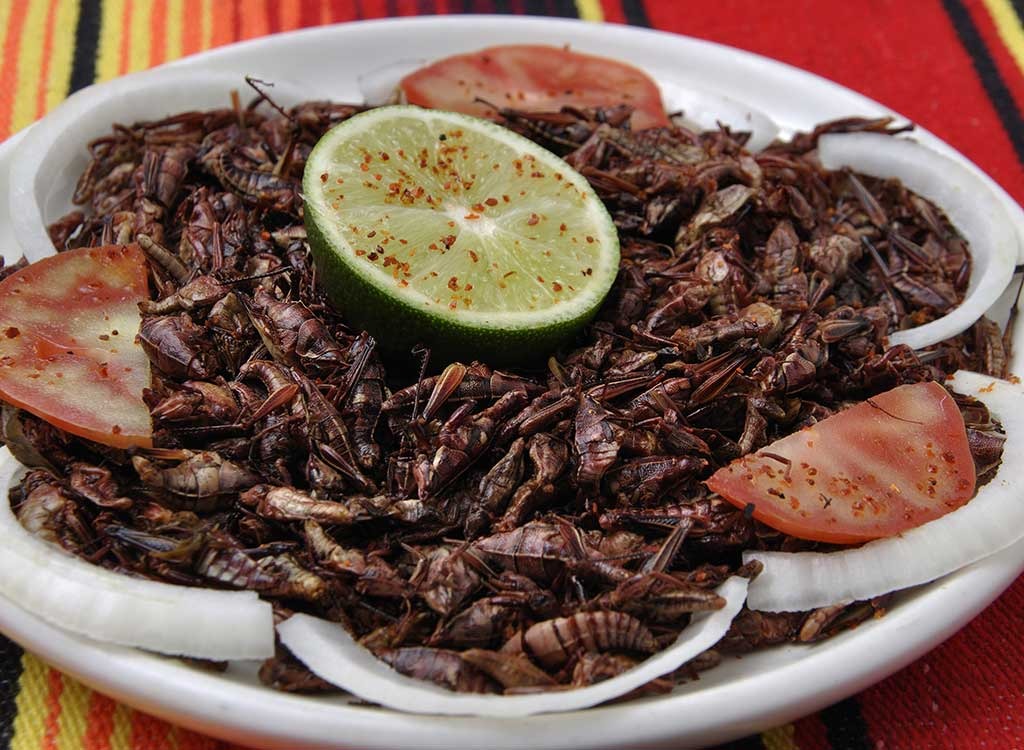
Wait. Wha? Too far?
Noshing on a grasshopper may seem repulsive and even terrifying in America, but they’re actually common snacks in Mexico. They’re called chapulines and served roasted and spiced. Reality check: If you’ve ever sat at a bar in Mexico and snacked on a bowl of unique, red nuts, you likely ate grasshoppers.
Grasshoppers pack an awesome protein punch and are also high in vitamin A and C, as well as calcium, iron, omega-3s, and B12. And they’re a prebiotic, according to EdibleInsects.com. Crickets are also getting some buzz (no pun intended), as seen by Chirps Cricket Chips.
Microgreens

This is one of those health food buzzwords you hear and immediately ignore—but this time, you should pay attention. This under-the-radar food tastes great and is adorable.
Microgreens are simply the first growth of regular veggies and herbs. You can find microgreens—one- to two-inch stems with little leaves—for basil, broccoli, kale, radishes and more. What makes them so special is that they’re extra loaded with vitamins and nutrients, says Danielle Horton of Urban Produce. In fact, a University of Maryland study found that microgreens have anywhere from four to forty times the nutritional density than the same fully-grown version. Eating these little baby greens in the winter will make sure you meet and even exceed your nutritional needs.
Pearl Powder
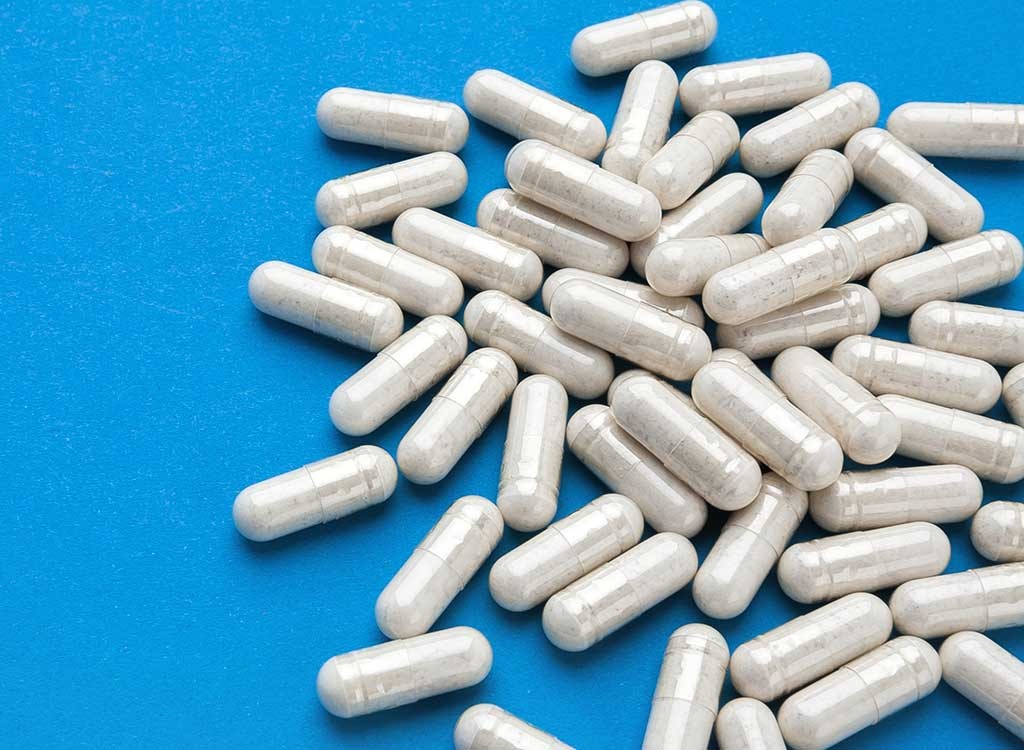
It might seem a tragic thing to pulverize some beautiful pearls, but this old-school Chinese and Ayurvedic remedy is the hot, new beauty secret. Here’s why: Pearl powder has amino acids, trace minerals, magnesium, and tons of calcium, according to holistic nutritionist and psychotherapist Jacqueline Olivia Garay.
These are things many people are deficient in. They also can help with hyperpigmentation and evening out your skin tone. To consume it, you can add it to your smoothie or pop the gelatin capsules. Pearl, alone, is flavorless, Garay says—so this is one weird food that you won’t have to choke down.
Oregano Oil
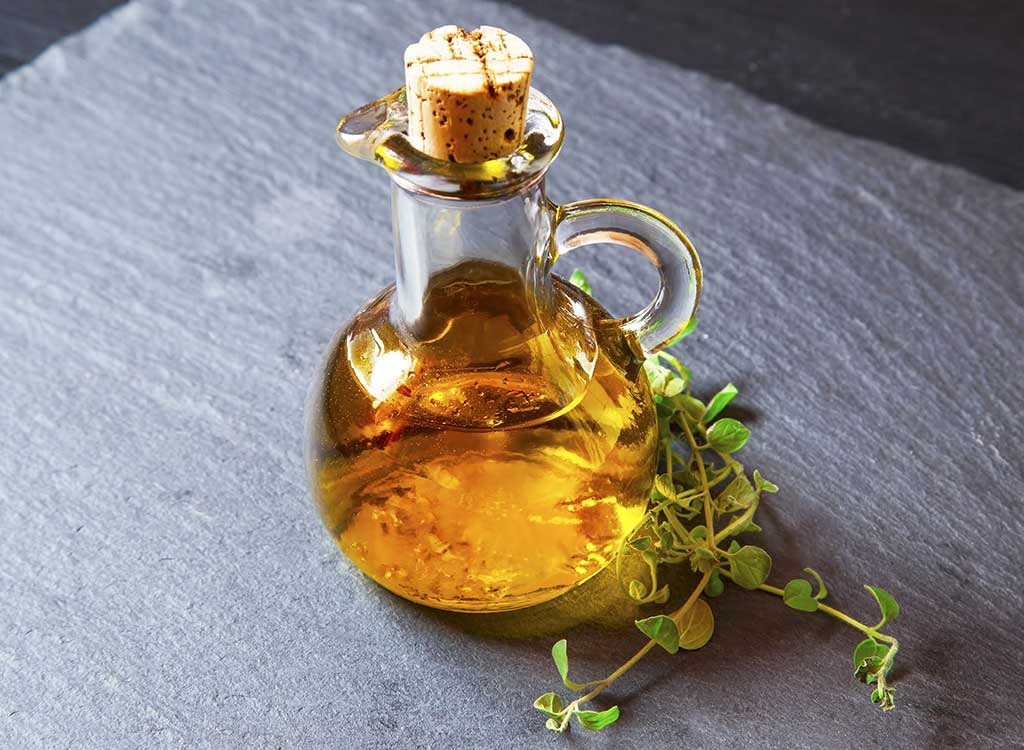
You’ve heard the benefits of coconut oil, but give oil of oregano a chance, too. This oil is antifungal and antibacterial, and it’s a potent antioxidant, according to Marissa Beck, a registered dietitian in the Seattle-metro area. She recommends adding a few drops to hot water or tea to ward off the flu—but for no longer than a 10 days at a time.
“It has a strong peppermint-like flavor. Honestly, it tastes pretty awful,” Beck says. (Hey, we didn’t promise everything here would be delicious.) But she says it works. Pro tip: Make sure your oil is derived from the Origanum vulgare plant and that it contains 55 to to 65 percent of the phenolic compound, carvacrol.
ICYMI: 20 Benefits of Coconut Oil
Adaptogens
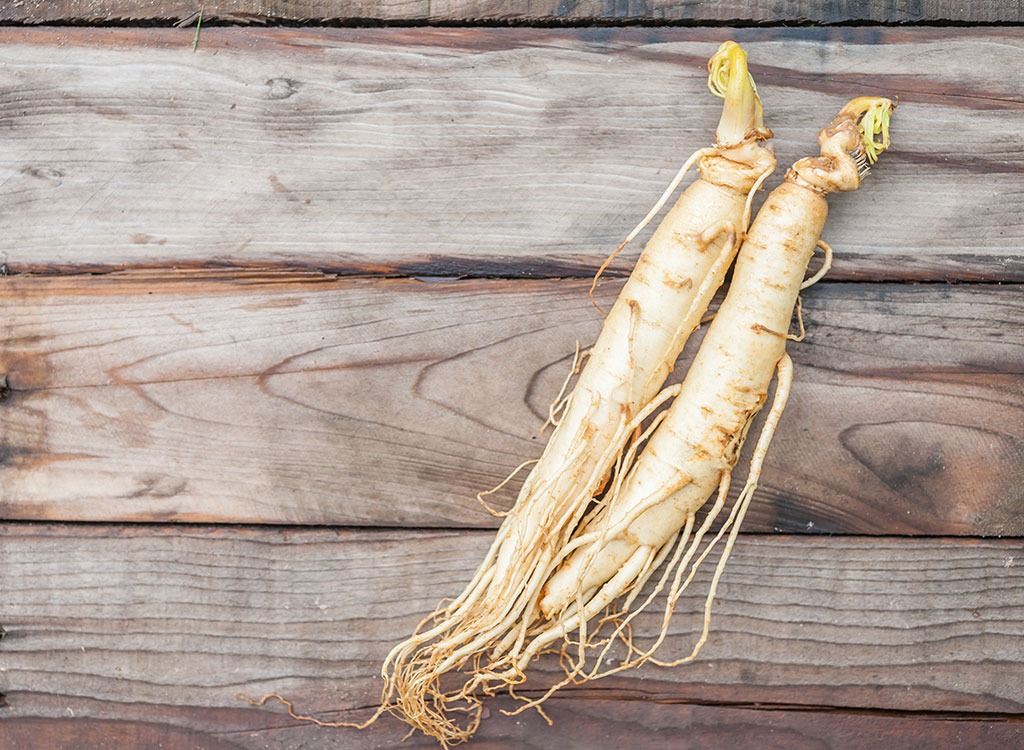
Ooh, another buzzword. This one’s an herb, root, or mushroom that helps the body naturally adapt to stress and illness, according to spokespeople at Daily Harvest, a company that delivers pre-blended smoothies and soups. Adaptogens can also ward off fatigue, improve focus, balance your mood, and help manage a healthy weight. They have a long history in Ayurvedic and Chinese medicine, but their effects have also been documented by the National Institutes of Health.
Ginseng, sea buckthorn, tulsi (holy basil) and cordycep mushrooms are all adaptogens. Daily Harvest points to its carrot and coconut soup with ginseng as an easy source of adaptogens.
Propolis
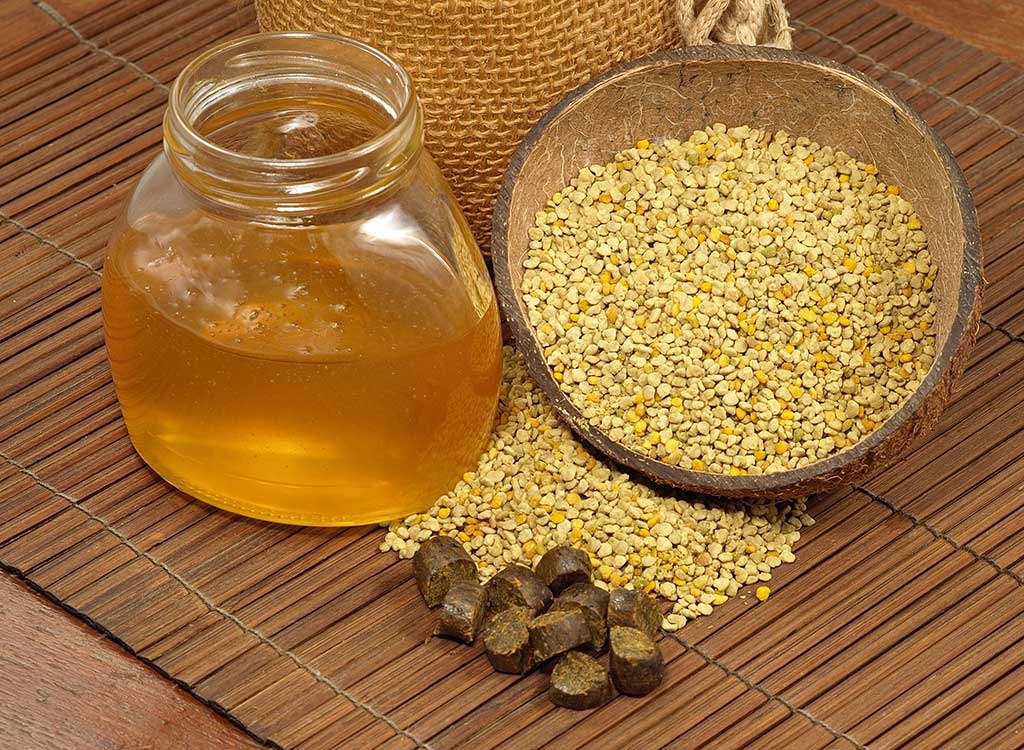
Fun fact: Bees make more than honey. They also make a compound called propolis, which they use in building their hives. Ages ago, it was also used to treat wounds, fight infections, and embalm Egyptian mummies.
Today, this sticky substance is a yummy way to fight off a cold because it’s high in antioxidants and flavonoids, according to New Jersey-based nurse and nutritionist Daniella Cohn. She says these flavonoids can inhibit some viruses that cause symptoms of the common cold.
Kimchi
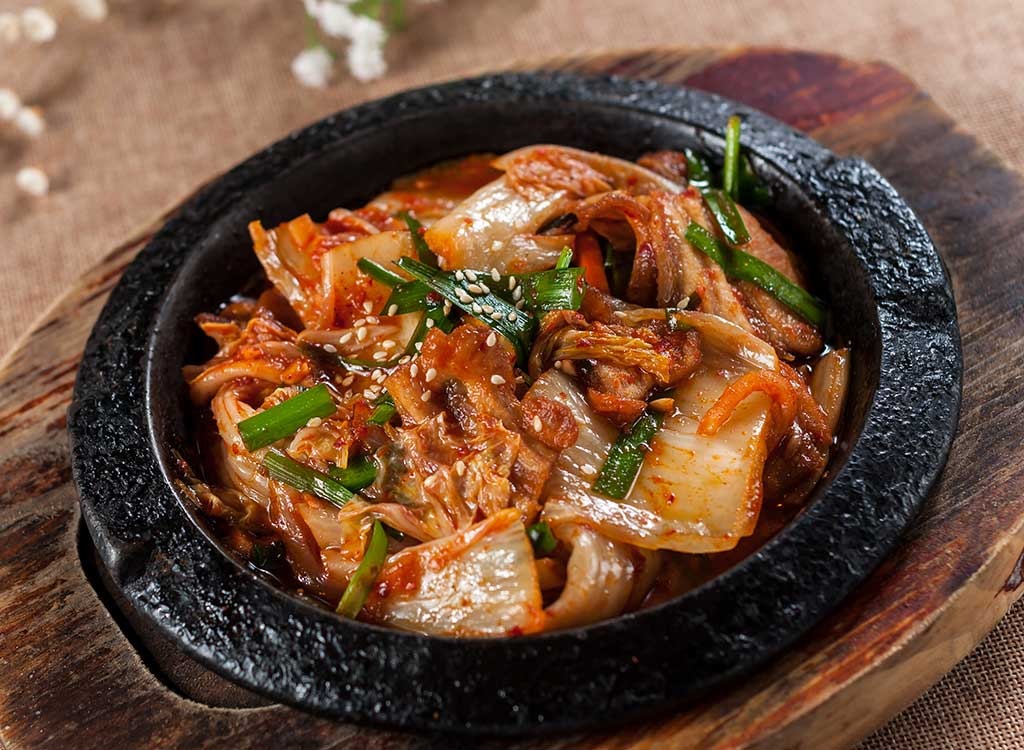
Kimchi, the traditional Korean dish made of various fermented and seasoned veggies—such as napa cabbage, garlic, ginger, cucumbers, and radishes—is one of the trendiest superfoods right now. “Regular consumption of kimchi has been found to increase the immune cell development,” Nurse Cohn says. Research has shown it may lower cholesterol, has antibacterial potential, and even possesses anti-aging tendencies because it reduces free radicals. Nurse Cohn says it also contains vitamin A, C, amino acids, phytochemicals, and flavonoids.
Charcoal Powder
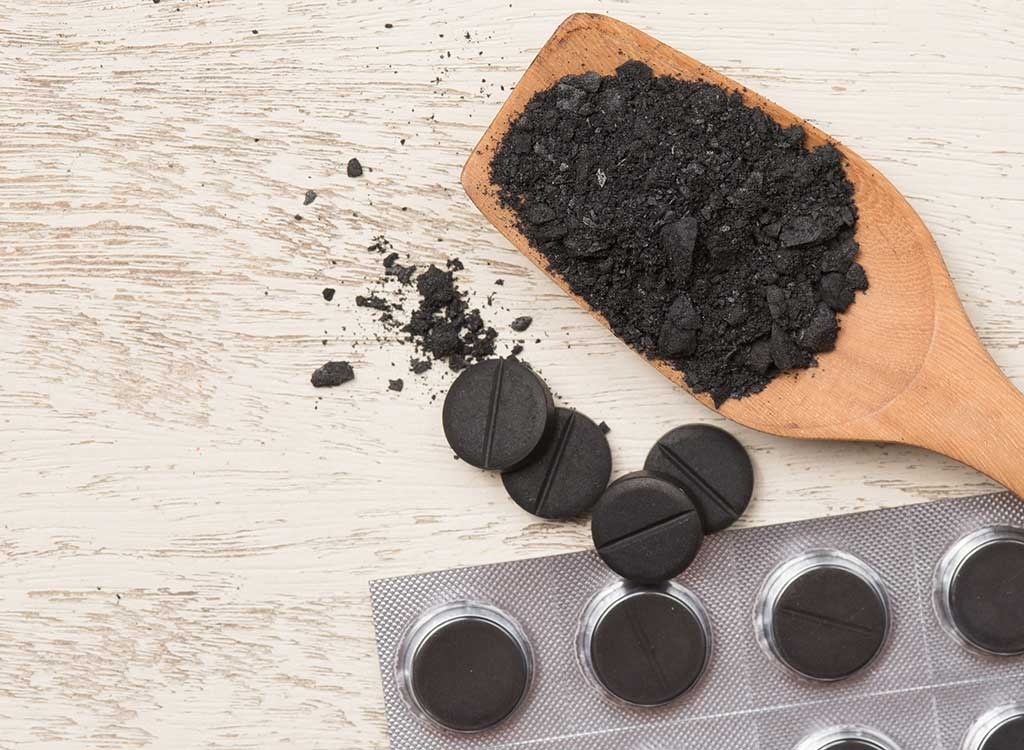
When thinking about polishing up your fangs, you probably don’t automatically think about smearing charcoal all over them. But charcoal powder is a natural mineral that can attract toxic substances and clean waste from our bodies, making it an effective way to clean your teeth, according to Pamela Wasabi, author, plant-based chef, and expert in integrative nutrition and nutritional psychology.
Contrary to what you’d expect, instead of staining your teeth, this dark black powder naturally whitens them, Wasabi says. After putting toothpaste on your toothbrush, she recommends tapping it in the charcoal powder. Then, simply brush and spit.
Chlorophyll
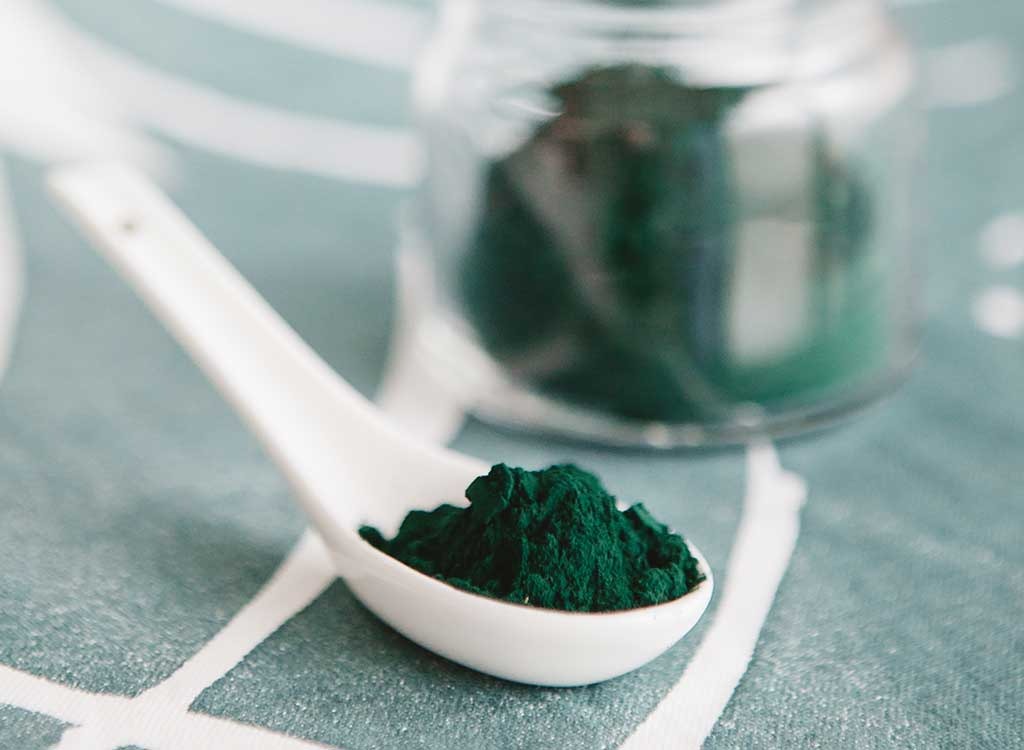
If you’re looking for a way to ward off armpit sweat and stink, some say you should take a lesson from plants.
Drink a few drops of liquid chlorophyll a day and this natural substance can help remove toxins that get into our body and are then released in the form of B.O., according to Wasabi. If you’re a little spooked by the idea of some mysterious droplets (totally understand), you can get a dose of chlorophyll by choosing dark, leafy greens and herbs or a deep-green powder like spirulina. Of course, a person’s degree of stank is a bit hard to measure, and research says the effectivity of this treatment ultimately depends on the nose of the beholder. On the flip side, you could at least avoid these 23 Foods That Ruin Date Night!

